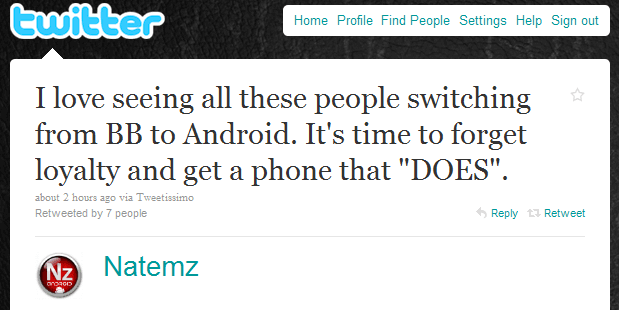Retailers put a lot of thought into designing their store layout and ambiance. In the online world, websites also spend a great deal of effort designing their logos and images. Even Twitter allows you to customize your own profile background. But do you know that other than fulfilling aesthetic and branding purposes, your graphics and other contextual cues can have much subtler (but still powerful) effects on how consumers think and what consumers do?
In recent years, consumer psychologists have made significant progress on alternative influences of consumer decision making. Instead of treating consumers as cold, rational decision-makers, this research stream reveals that consumers are often driven by automatic processes that they are often not consciously aware of.
Example 1: Which sofa consumers buy depends on your website’s background image
Naomi Mandel and Eric Johnson published a study in Journal of Consumer Research, in which they exposed consumers to the same online furniture store with only one subtle difference: one version had fluffy clouds and blue sky as the background, and the other had coin images on green-colored background. They found that those who saw the fluffy cloud background were more likely to buy the more comfortable but pricier sofa, whereas those who saw the coin background were more inclined to choose the cheaper but less comfortable sofa. The reason behind such differences is that the different images primed different attributes (comfort vs. money) in the consumers’ mind, therefore increasing the weight of the corresponding attribute in consumers’ choices.
Example 2: Drive by Walmart on the way to shopping to avoid overspending
A more recent study by Tanya Chartrand and her colleagues published in the same journal looked at the subconscious activation of goals through contextual cues. In one of their experiments, individuals were asked to focus on the center of the computer screen to complete a task. In the meantime, the brands of prestige (e.g., Nordstrom) vs. thrift (e.g., Walmart) retailers were flashed randomly on the edges of the computer screen for 60 milliseconds, outside of the individuals’ focal attention area. In a subsequent choice between two brands of socks and between two microwaves, individuals who were flashed the prestige brands chose the more expensive brand than the cheaper brand in each task, and the reverse was true for those who were flashed the thrift brands. Interestingly, the researchers also found that once a specific goal (achieving prestige vs. saving money) is activated subconsciously, it grows stronger until the goal has been satisfied in a subsequent real choice. All of this happens without the consumers’ conscious awareness of what is affecting them.
Lessons Learned:
- There are many more factors that affect consumer decision making than what companies normally pay attention to.
- The graphics, banner ads, and other contextual cues on your website or in your store can significantly alter consumers’ decision related to your product. If your product excels on a specific attribute, you may want to play up graphics and contextual cues related to the attribute to make it more important.
- The fact that these “innocent” contextual cues can affect consumers without their awareness brings interesting legal and ethical questions, similar to the long-debate surrounding subliminal advertising. For example, how far can marketers go in affecting consumers’ mind this way? What if such tactics are used on younger consumers who are less knowledgeable and therefore may be more subject to such influences?
What is your take on this? Has your company ever tried such tactics? Or as a consumer, would you be offended if you know a marketer tries to influence you in this way?
Further Reading:
Mandel, Naomi and Eric J. Johnson (2002), “When Web Pages Influence Choice: Effects of Visual Primes on Experts and Novices,” Journal of Consumer Research, Vol. 29 (September), p.235-245.
Chartrand, Tanya L. et al. (2008), “Nonconscious Goals and Consumer Choice,” Journal of Consumer Research, Vol. 35 (August), p.189-201.

